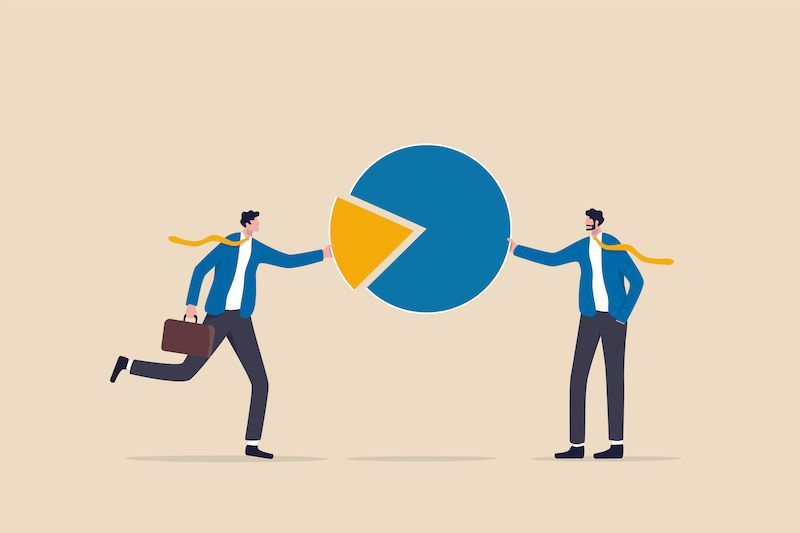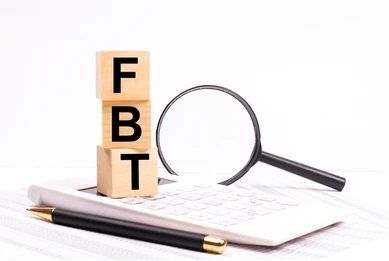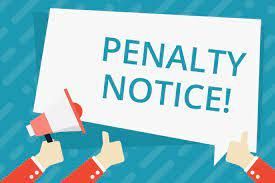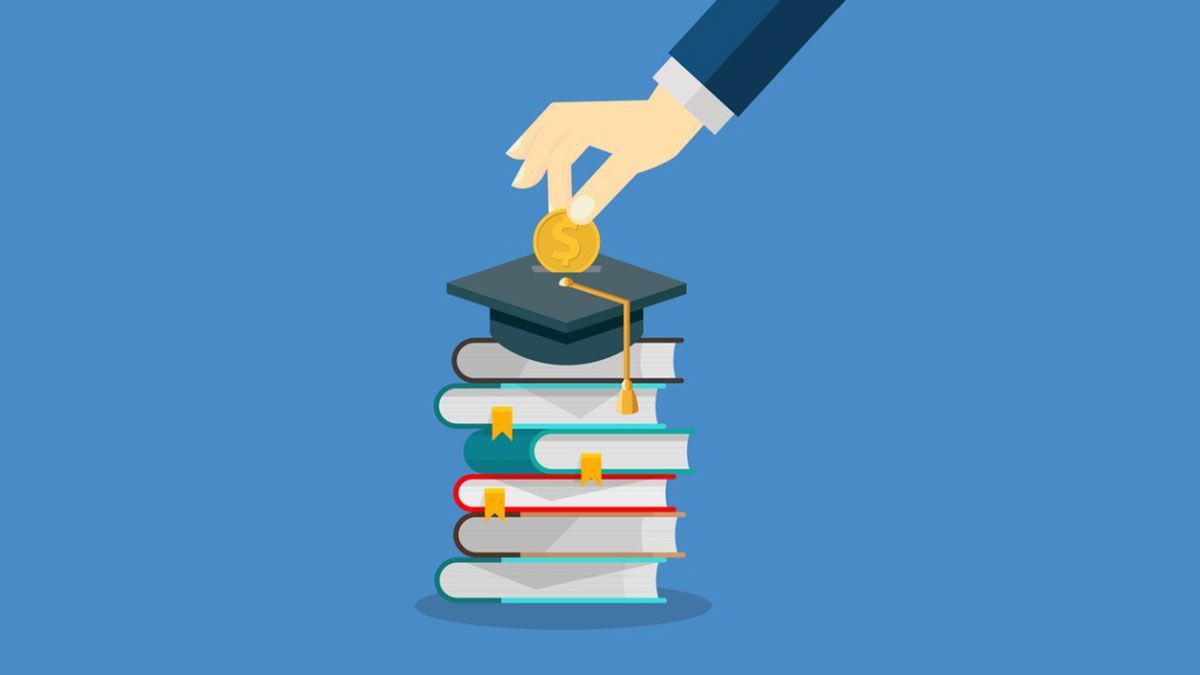How to Stay Ahead of Your Tax Obligations
1. Use the “Multiple Bank Accounts”
We recommend using three main bank accounts for your business:
- Main Operating Account – for day-to-day expenses and receiving income
- GST Tax Account – strictly for GST and BAS lodgement obligations
- Wages & Super Account – for payroll, PAYG, and super contributions
2. Set Aside GST From Every Sale
1. If you’re registered for GST or have payroll obligations, it's important to set aside a portion of every sale to cover these liabilities.
2. Transfer a suitable percentage of each sale into your tax-related accounts. The percentage may vary based on your specific business needs and structure, but creating a buffer helps ensure you’re prepared for quarterly lodgements, unexpected tax liabilities, and timing issues.
3. Open separate tax accounts with your bank to prevent accidental spending of tax funds.
3. Plan for Wages, super and PAYG Withholding
Even if you’re a sole trader or a small team, it’s critical to allocate a portion of each sale towards employee wages and entitlements.
This should cover:
· Salaries and wages
· PAYG withholding
· Superannuation
· Workcover obligations
4. Track Your Expenses Weekly
Use accounting software like Xero, or MYOB to:
· Reconcile bank transactions as you go to avoid wrong accounted transactions
· Track income and expenses in real time
· Match payroll and GST accounts regularly
Tip: Set weekly reminders to transfer GST and wages portions, don’t wait until end of quarter.
5. Stay BAS and Tax Ready
Every quarter, you’ll need to lodge a Business Activity Statement (BAS). It includes:
· GST collected
· PAYG withholding
· Any PAYG instalments due
Having your tax and wage accounts pre-funded makes BAS lodgement smooth and stress-free, by having the money already sitting in your tax accounts, it becomes much easier to make arrangements for BAS payments without cash flow pressure.
Conclusion
Success isn’t just about increasing sales; it’s also about managing those sales with discipline. By setting aside appropriate amounts regularly into dedicated accounts, you'll foster a habit of tax preparedness and business stability. This allows you to focus on growth without the stress of last-minute tax shortfalls.
If you're unsure how much to set aside, or how your GST and PAYG are calculated, get in touch with our accounting team and we can tailor a plan based on your business cash flow and help automate your processes.
More GTP Articles






